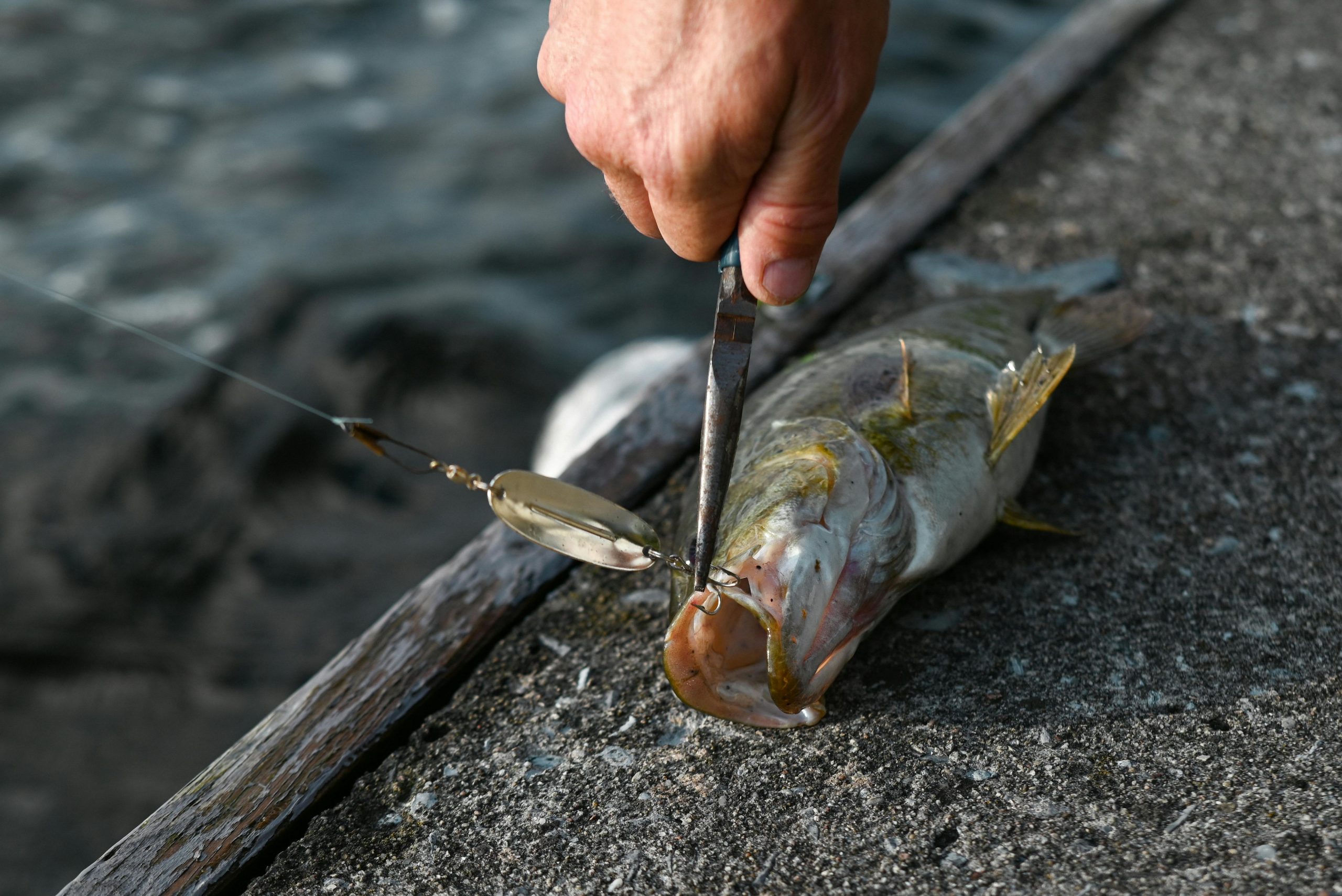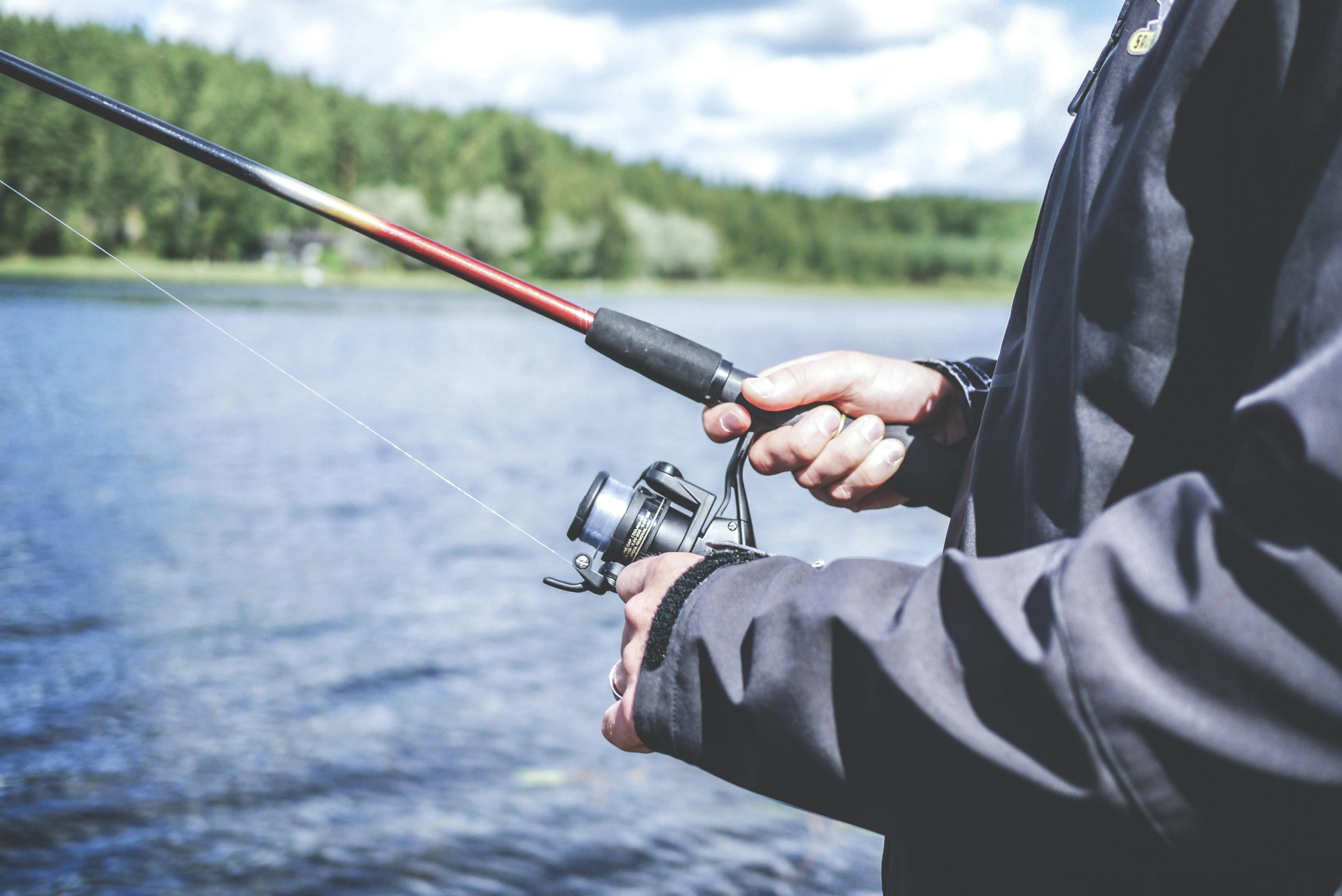
If you love fishing, you’ve probably asked the question: When is bass season? Whether you’re a beginner or a seasoned angler, knowing the right time to fish for bass can make all the difference. In this guide, we’ll explain what bass season means, how it varies by region, and give you seasonal tips so you can catch more fish.
What Does “Bass Season” Mean?

Bass season refers to the time of year when fishing for bass is allowed and most successful. In some places, there are legal start and end dates for bass fishing to protect the fish during their spawning period. In others, you can fish for bass year-round.
There are also different types of bass. The most common are:
- Largemouth Bass – Found in warm, calm waters
- Smallmouth Bass – Prefer cooler, moving water
- Spotted Bass – A mix of both habitats
Each type of bass may have slightly different peak seasons depending on water temperature and location.
Why Season Matters
Bass behavior changes with the seasons. Water temperature, daylight hours, and food availability affect when and where bass feed, spawn, or rest. Understanding these changes helps you know:
- Where bass are located
- What bait or lure to use
- How active the bass are
Let’s break it down by season.
Spring: Spawning Season Begins
Spring is one of the best times to fish for bass. As the water warms up to around 55°F to 65°F, bass begin to move into shallow areas to spawn.
What to Expect:
- Bass become more aggressive as they protect their nests.
- They’re easier to find in shallow, warmer waters.
Best Baits & Tactics:
- Use soft plastic worms, jigs, and spinnerbaits.
- Focus on shorelines, docks, and beds.
Regulations Tip:
Some states close bass season during peak spawning to protect fish. Always check your local fishing rules before heading out.
Summer: Feeding & Depth Change
When the weather gets hot, bass go deeper to stay cool. They still feed, but their activity slows during the hottest part of the day.
What to Expect:
- Active in the early morning and late evening.
- Often hide in deeper water during midday.
Best Baits & Tactics:
- Use topwater lures at dawn/dusk.
- Try deep-diving crankbaits, plastic worms, or jigs in deeper zones.
- Fish near structure like submerged logs, ledges, or drop-offs.
Bonus Tip:
On cloudy or windy days, bass may come closer to shore or stay active longer.
Fall: Feeding Frenzy
As temperatures cool down, bass get ready for winter by feeding more often. This is another great time to fish.
What to Expect:
- Bass are very active and chase schools of baitfish.
- They roam more, so you may need to move around.
Best Baits & Tactics:
- Use crankbaits, spinnerbaits, and lipless rattle baits.
- Fish fast and cover a lot of water.
- Focus on areas with visible baitfish activity.
Winter: Slow & Steady
In winter, bass get sluggish. The colder the water, the slower they move. But that doesn’t mean you can’t catch them.
What to Expect:
- Bass stay deep and don’t move much.
- Bites may be light and harder to detect.
Best Baits & Tactics:
- Use slow-moving baits like jigs, drop shots, or blade baits.
- Keep your presentation slow and steady.
- Focus on deep water with stable temperatures.
Regional Differences in Bass Season

Bass season isn’t the same everywhere. Here’s how it varies:
Northern States (e.g., Michigan, Minnesota)
- Have closed seasons in spring to protect spawning bass.
- Best fishing is usually late spring through early fall.
Southern States (e.g., Florida, Texas)
- Often allow year-round bass fishing.
- Peak season can start as early as February.
Western States (e.g., California, Arizona)
- Great bass fishing in both natural lakes and reservoirs.
- Seasonal shifts depend more on elevation than latitude.
Always check local fishing regulations with your state’s Department of Natural Resources or wildlife agency.
Bass Fishing Tips for Every Season
No matter the time of year, here are a few bass fishing tips to help you improve:
- Match the Hatch: Use lures that look like local baitfish.
- Fish the Edges: Bass love transition zones—where shallow meets deep, or where shade meets sunlight.
- Be Patient: Especially in colder seasons, bass might take longer to bite.
- Change Speeds: If one retrieve isn’t working, try faster or slower motions.
Adding variety to your approach and paying attention to seasonal behavior will help you land more bass.
What Gear Do You Need for Bass Season?
You don’t need to break the bank to get started. Here’s a basic gear list:
Rod & Reel
- Spinning Rod: Great for beginners.
- Baitcasting Rod: More control for heavier lures.
Line
- Monofilament: Easy to use.
- Fluorocarbon: Invisible in water.
- Braided: Strong and long-lasting.
Lures (Based on Season)
- Spring: Jigs, soft plastics
- Summer: Topwater lures, deep crankbaits
- Fall: Spinnerbaits, lipless crankbaits
- Winter: Drop shots, slow jigs
Having gear that fits your fishing style and the season will make your trips more successful.
FAQs About Bass Season
Q: Can I fish for bass all year?
A: In many states, yes. But some areas have closed seasons during the spawn. Always check your local laws.
Q: What time of year is best for catching big bass?
A: Spring is great for big bass because they move into the shallows to spawn and are easier to target.
Q: What’s the worst time to fish for bass?
A: Winter is the slowest, but it’s still possible if you fish slowly and target deeper water.
Q: Do different types of bass have different seasons?
A: Slightly. Largemouth tend to spawn earlier than smallmouth or spotted bass, but they follow similar seasonal patterns.
Final Thoughts
So, when is bass season? It depends on where you live and what time of year it is—but the good news is, there’s always a way to catch bass if you know what to look for. Use this guide to match your tactics to the season, check local rules, and make the most of your time on the water.
And don’t forget—bass fishing tips change with the weather, the water, and the fish. Keep learning and adapting, and you’ll be reeling in bass all year long.
Happy fishing!

